When we see a color consciously we take it very faintly. While the fact is, colors can trigger us and give us messages subconsciously. Colors for us can be just an eye feast however, it’s a great tool for brands and marketers to target their audience. That’s when they use color psychology.
What is color psychology?
The study of how the colors we perceive cause an impact on our behavior is color psychology. Colors have the potency to impact our thoughts, feeling, and more surprisingly, They can even persuade us for something. Understanding such psychology helps to trigger or target a certain audience or customers. They help brands create an impression or manifest their personality.
Research by Colorcom suggests that “Consumers make a subconscious judgment about a person, environment, or product within 90 seconds of initial viewing and that between 62% and 90% of that assessment is based on color alone.”
Here are the most used colors by brands and what they mean,
Red
Red has the highest wavelength among all colors. Hence it is moreover used to grab the attention of customers. This color signifies masculinity, power, excitement, passion, energy, action, sometimes even danger. Popular brand like Coca Cola uses this color to provoke passion, power, and excitement in customers. Since this color also indicates “danger” it’s better to use it sparingly. Other brands that use this powerful color are YouTube, Red Bull, CNN, PUMA, Netflix, Canon, etc.
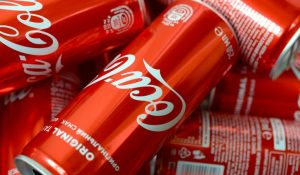
Blue
Blue symbolizes intellectual, calm, peace, and trust. It is mostly used by business brands as it signifies trust and helps in extending alliances. Blue sometimes can also mean cold hence it is used in coloring cold drinks. Most of the brands use this color to make customers believe that they are reliable and trustworthy. Facebook, Twitter, Walmart, Oral-B, Halls are some brands that use this color.

Yellow
This bubbly color denotes positivity, good vibes, happiness, creativity, and optimism. Brands like McDonald’s use this color to provoke the happiness and good vibes of their customers. Using this color to maximum may look overly but slight use of this color can help your customers feel the good vibes. Other brands that use this color are Ferrari, Snapchat, IKEA, Yellow Pages, etc.
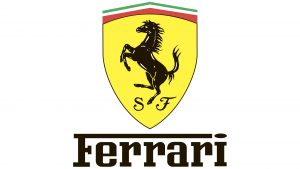
Green
Green is the most balanced color. It represents nature hence is soothing to our eyes. This color means growth, health, fertility, outdoor, peace, and healing. Ayurvedic brands mostly use this color since it represents nature and healing. Green even denotes the environment that’s why many eco-friendly brands utilize this color. Starbucks, Patanjali, Himalaya, Sony Ericsson are some brands that utilize this color.
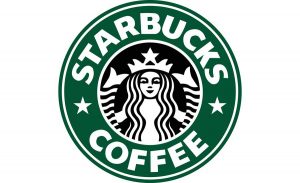
Orange
Orange signifies fun, passion, adventure, enthusiasm, friendliness, and success. Sometimes it even represents immaturity. A famous channel Nickelodeon uses this color. It’s also an attractive color but isn’t as direct as red. People mostly use this color to decorate their sites as it provokes enthusiasm and creativity. Brands like Fanta, VLC, Amazon, Hooters use this color.
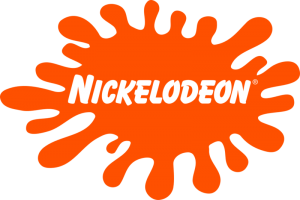
Pink
Whenever we hear or see the color Pink, it represents feminity. Likewise, It denotes delicacy, playfulness, and unconditional love. Feminine brands deliberately use this color. That’s why we get to see most of the ladies’ perfume use this color. Barbie, Baskin Robbins, Orkut are some examples that use this color.
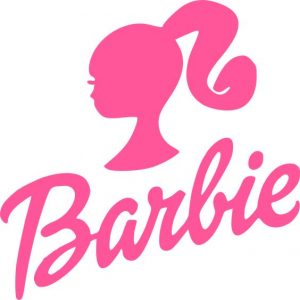
Black
Black is the most sophisticated, luxurious, powerful, mysterious, and elegant color. In fact, this color is top of all. It gives a mysterious and sophisticated touch to their brand. Sometimes this color may even represent grief and anger. Brands that utilize the essence of this color are Chanel, Adidas, Louis Vuitton, Nike, etc.
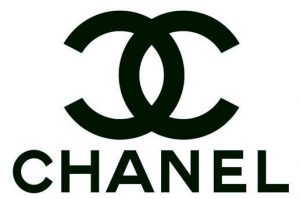
Also Read: Top 5 Psychological Marketing Tricks









